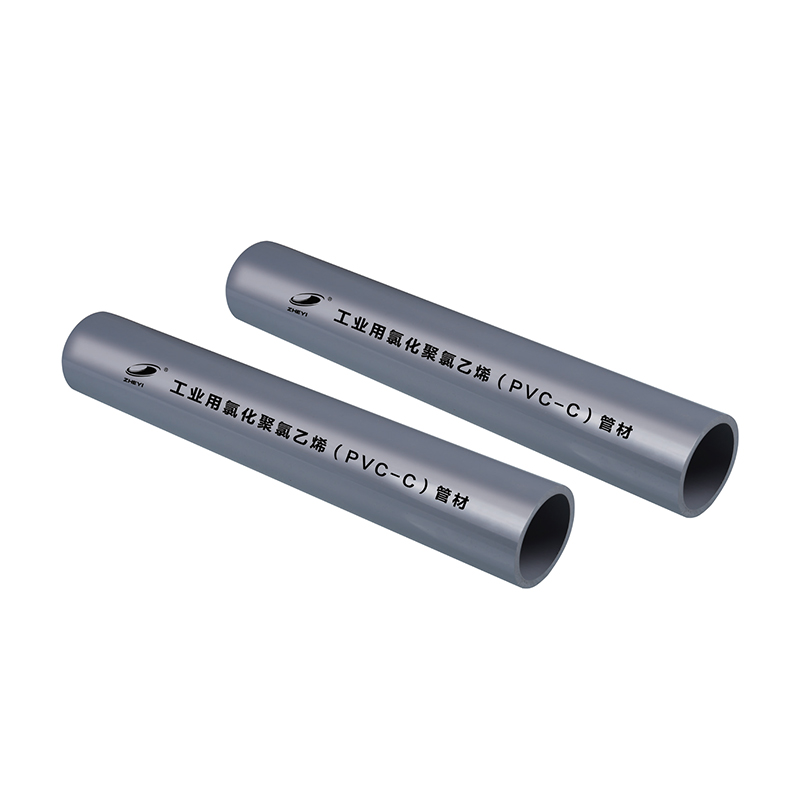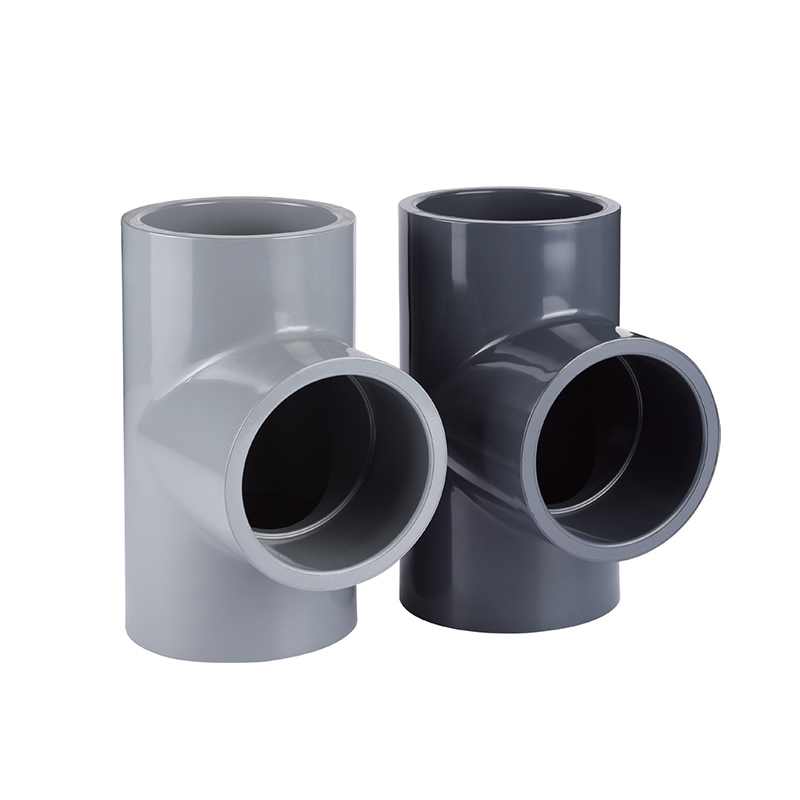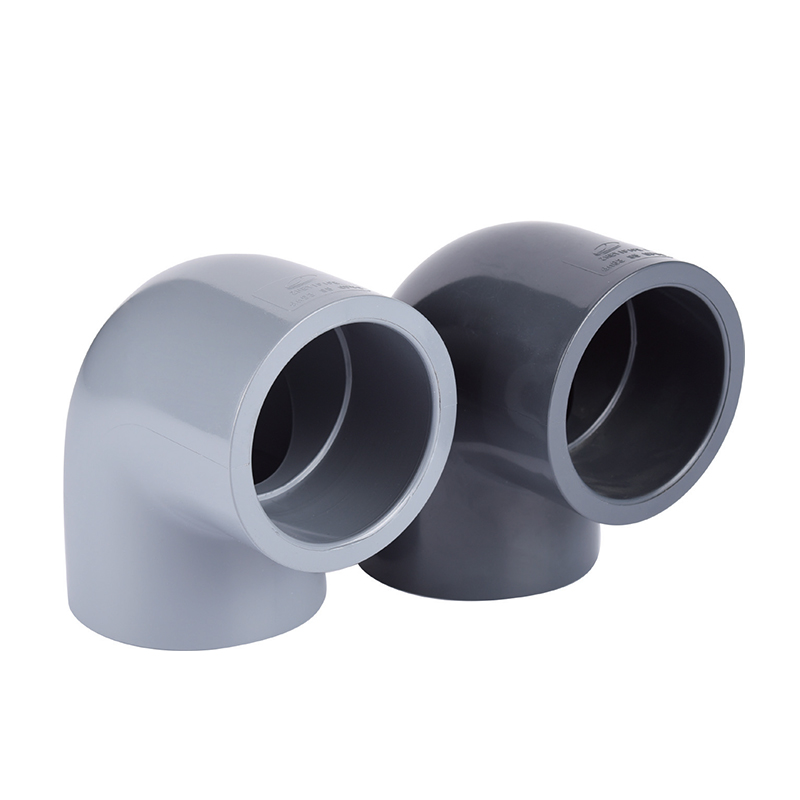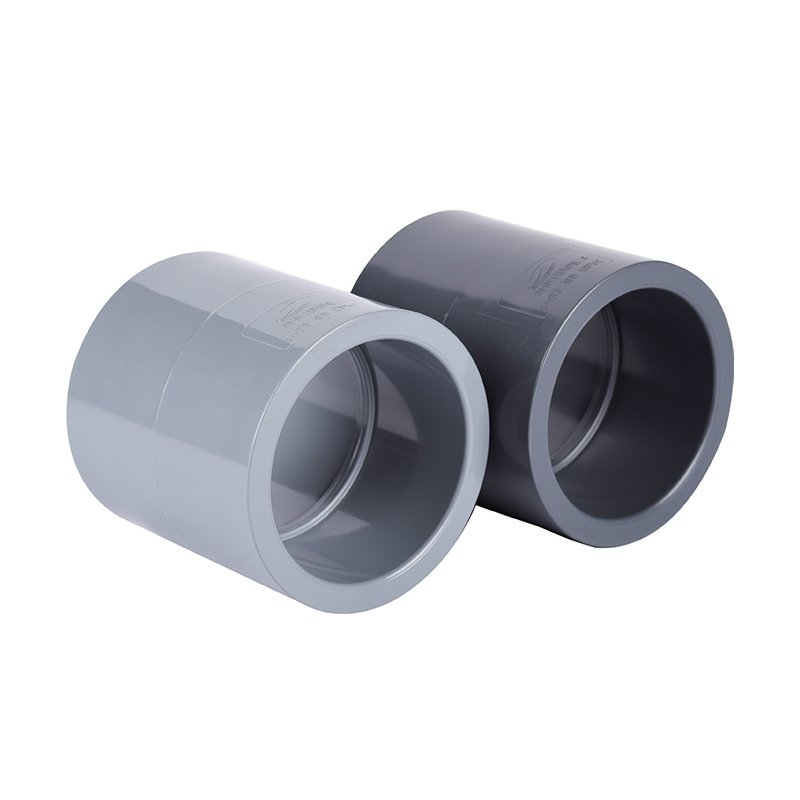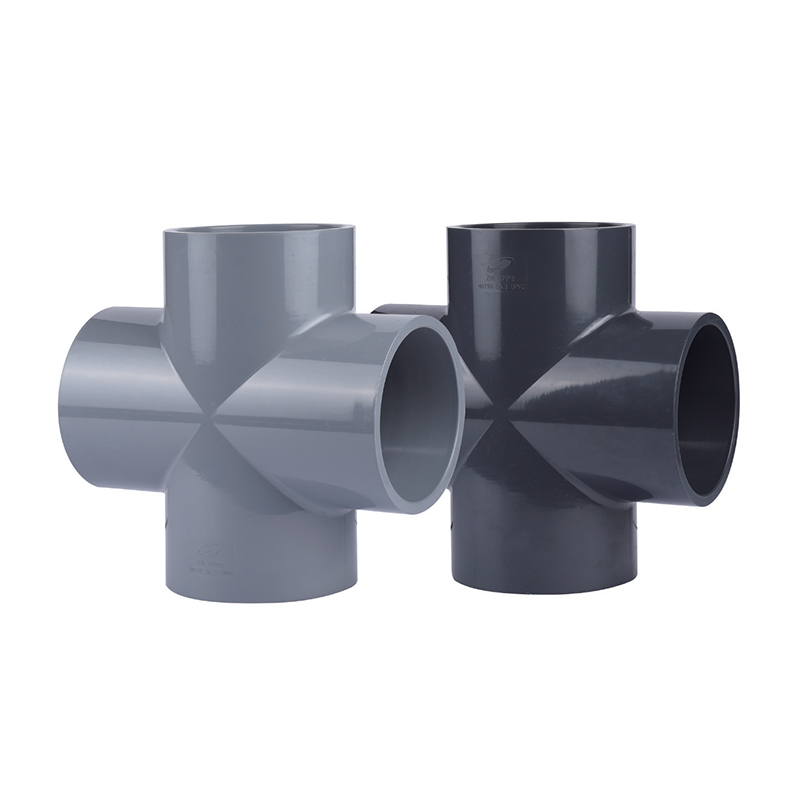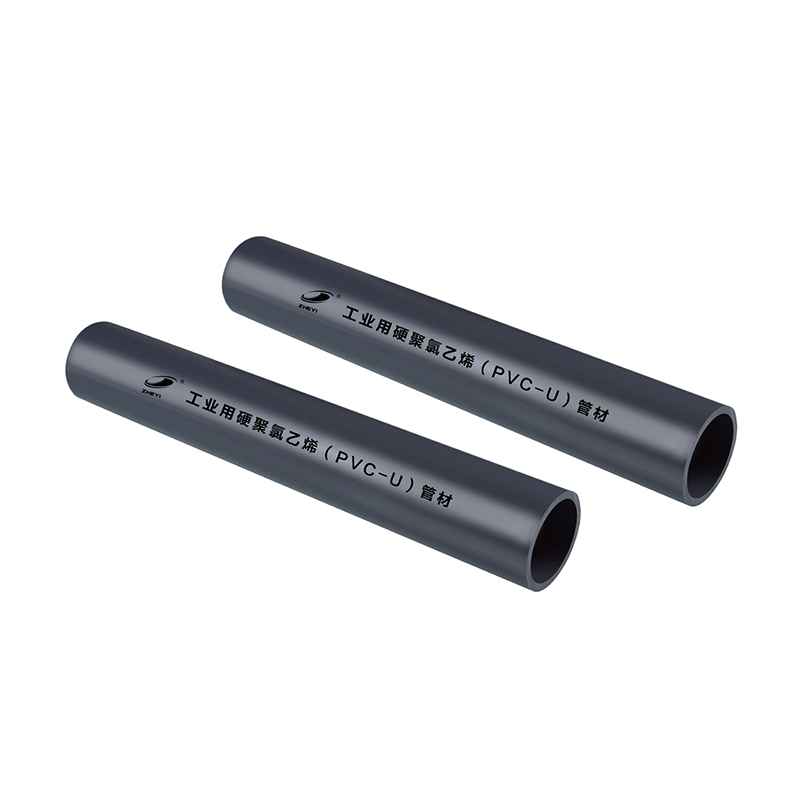UPVC (unplasticized polyvinyl chloride) and CPVC (chlorinated polyvinyl chloride) valves have significant differences in temperature resistance, mainly reflected in the thermal stability of the material and the applicable temperature range. The following is a detailed analysis of the difference in temperature resistance, applicable temperature range, and how to choose the appropriate temperature grade according to DIN and ANSI standards:
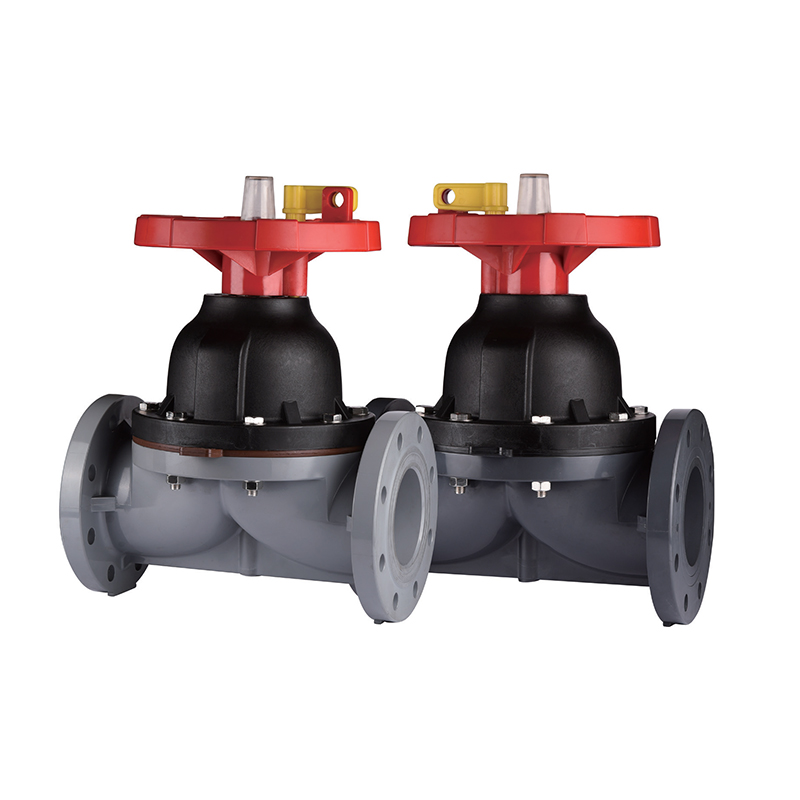
UPVC/CPVC Flang Diaphragm Valve
1. Difference in temperature resistance between UPVC and CPVC valves
UPVC valve:
UPVC is an unplasticized polyvinyl chloride material with relatively weak temperature resistance.
Maximum operating temperature: usually 45°C - 60°C, depending on the use environment and medium.
Minimum operating temperature: generally around -10°C.
CPVC valve:
CPVC is a polyvinyl chloride material treated with chlorination, which has higher temperature resistance.
Maximum operating temperature: usually 90°C - 100°C, and even higher temperatures in some special cases.
Minimum operating temperature: Similar to UPVC, generally around -10°C.
2. Applicable temperature range
UPVC valves:
Applicable to low temperature environments, such as water systems from room temperature to 60°C, chemical media transportation, etc.
Not suitable for high temperature environments, because exceeding its upper temperature limit will cause material deformation or performance degradation.
CPVC valves:
More suitable for high temperature environments, such as hot water systems, steam condensate systems, etc. from 60°C to 100°C.
Due to its higher temperature resistance, CPVC valves perform well in high temperature media transportation, but the cost is also relatively high.
3. How to choose the right temperature grade according to DIN and ANSI standards
DIN standards:
DIN 8011 and DIN 8012 are common standards for UPVC and CPVC pipe fittings and valves, which specify the temperature resistance, pressure resistance and test methods of the materials.
Under the DIN standard, the selection of temperature grade is usually based on the long-term temperature resistance and short-term temperature resistance limit of the material.
For example, the DIN standard specifies that the maximum operating temperature of UPVC valves is 60°C, while the maximum operating temperature of CPVC valves is 90°C.
For applications outside the standard temperature range, additional material testing and verification are required.
ANSI Standard:
ANSI/NSF 14 is a general standard for plastic piping systems (including UPVC and CPVC), focusing on the chemical resistance and temperature resistance of the material.
ANSI standards usually divide temperature grades according to the temperature resistance of the material, for example:
UPVC: Applicable to the temperature range of 15°C - 60°C.
CPVC: Applicable to the temperature range of 15°C - 90°C.
Under the ANSI standard, factors such as the temperature of the medium, the working pressure of the system, and the ambient temperature need to be considered when selecting the temperature grade.
4. Recommendations for selecting temperature grades
Medium temperature: Select the appropriate valve material according to the maximum and minimum temperatures of the conveying medium. If the medium temperature exceeds 60°C, it is recommended to give priority to CPVC valves.
Ambient temperature: Consider the temperature changes in the valve installation environment. For example, in cold regions, it is necessary to ensure that the valve can still work normally at low temperatures.
System pressure: At high temperatures, the pressure resistance of the material will decrease. Therefore, when selecting the temperature grade, it is necessary to consider the pressure requirements at the same time to ensure that the valve can still operate safely under high temperature and high pressure.
Standard compatibility: If the system design is based on DIN or ANSI standards, valves that meet the corresponding standards should be selected first, and the selection and testing should be carried out strictly in accordance with the standard requirements.


 +86-15258772971
+86-15258772971
 dinys009@163.com
dinys009@163.com

 English
English 한국어
한국어 Español
Español عربى
عربى


